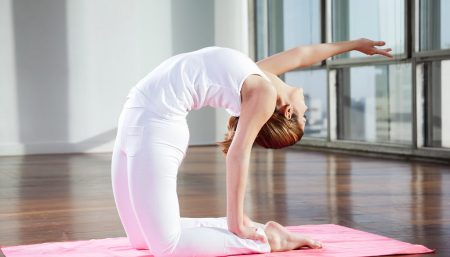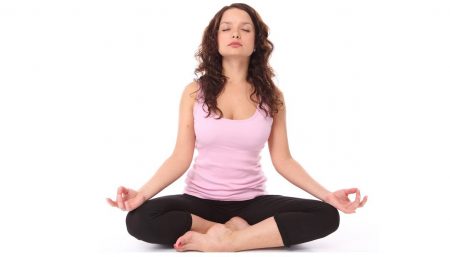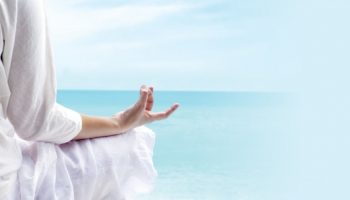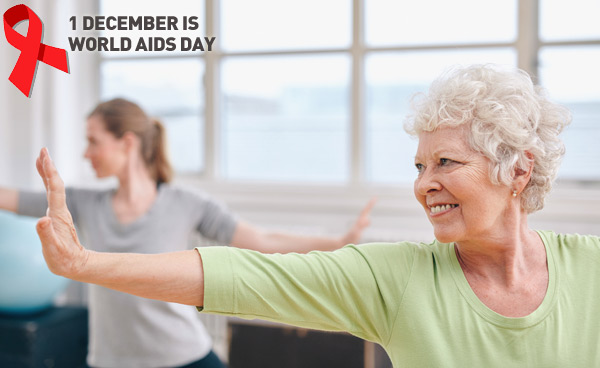
Yoga over the centuries has again and again been identified as a self healing technique. AIDS or Acquired Immune Deficiency Syndrome is caused by a virus called HIV, the Human Immunodeficiency Virus. HIV disease becomes AIDS when the immune system is seriously damaged. CD4 cell count in the blood is an important indicator of the immune health system. Healthy people have between 500 and 1,500 CD4 cells in milliliter of blood. If the CD4 cell count goes down to less than 200 then the body becomes incapable of fighting the other germs (opportunistic infections) that may enter the body and this phase is called AIDS.
Simple Yoga asanas, Pranayama and meditation wit deep relaxation techniques have shown that the CD4 counts increases and the viral load decreases after two months of regular practice as compared to those who continue with the conventional supportive therapy at samraksha. (http://www.svyasadde.com/arogyadhama/yogatherapy/hiv.asp)
AIDS manifests itself in different ways in different people, and medical and emotional issues can widely vary. Some very common limitations are:
- Easily fatigued
- Limited strength
- Respiratory issues
- Slow reactivity
Risks Involved
- Low immune system
- Increased chance of opportunistic infections
- Assumptions that other people are afraid of them
- Chronic diarrhea due to infections and medications
- Impairment of transmission of nerve impulses due to PML disease
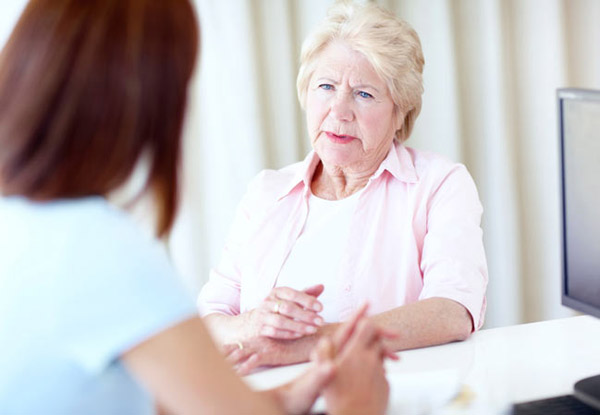
Special Instructions for AID Patients
- Consult with your health care provider before beginning a Yoga practice.
- Do not overexert yourself. Avoid over-exerting in any of the poses.
- If you have a red rash or itching or redness of the eyes, avoid the full inversions (handstand,peacock pose, headstand, unsupported shoulder stand), and backbends (staff pose and unsupported backbends).
- Students with CMV retinitis should avoid the full inversions.
- If you have recently had a bout of pneumocystis, you should probably avoid unsupported backbends and staff pose, as they may be too stressful for your lung tissue.
- You should practice with an empty stomach, and preferably with empty bowels and bladder. Wait 4 hours after a heavy meal, or two hours after a light meal, to practice.
- Wear comfortable clothing while practicing. Do not wear shoes or socks.
- Students with back or hip discomfort, displaced vertebrae, spurs, arthritis, or other physical limitations should consult their physicians before beginning a Yoga practice.
- Breath normally while in all of the Yoga poses. Relax the eyes, ears, throat, and abdomen.
- Avoid exerting yourself beyond your capacity. Any pain or discomfort in a pose should be mild and temporary. Sharp or persistent pain is a sign of a physical problem or incorrect practice; consult your physician and/or a qualified Yoga instructor.
- Women should avoid the inverted poses during menstruation.
- Do not do the inverted poses if you have high blood pressure, heart problems, detached retina, or ear problems. If you have neck problems, consult a qualified Yoga instructor.
- Obtain assistance to go up into the inverted poses if you are not familiar with them.
- Make adjustments to the poses for any physical limitations you may have, and make corrections as you perform the poses!
Suggested Yogasanas
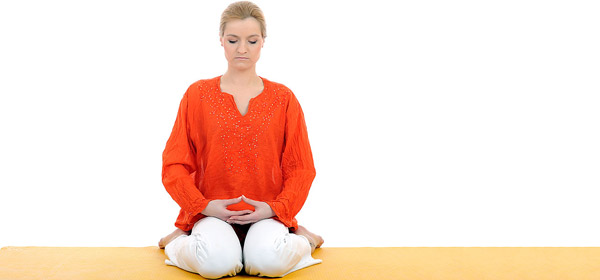
Stress is a major immuno-suppressor, so in order to counteract the “stress response” of the immune system by producing the “relaxation response.” Supported virasana (bolster under spine and block under head), supported savasana (bolster under knees or lumber spine) are suggested. Other poses that can be practiced are bridge, head supported by block in downward dog, supported shoulder stand.
Additional poses for stress relief include Child’s Pose, Corpse Pose, Hero Pose and Legs Up The Wall Pose.
Pranayama & Meditation can also prove beneficial. Another way to build the immune system and improve sinus-related conditions is to focus on the thymus gland. Located in the chest, the thymus gland is the locus of the immune system. Thus both the thymus gland and the immune system are stimulated by any posture in which we open the chest and breathe deeply into it. The most beneficial postures for this purpose are the Cobra, the Pigeon, the Fish, the Boat, the Bow and the Bridge.
Reference
http://www.yogagroup.org/
Disclaimer
The Content is not intended to be a substitute for professional medical advice, diagnosis, or treatment. Always seek the advice of your physician or other qualified health provider with any questions you may have regarding a medical condition.

